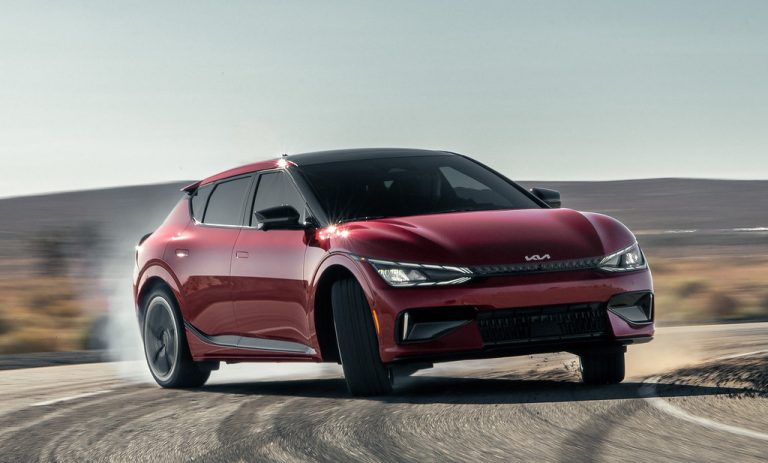Wondering what regenerative breaking is in electric vehicles (EVs)? Regenerative braking not only improves the efficiency of EVs but also contributes to a smoother and more energy-efficient driving experience. Let’s explore what regenerative braking is, how it works, and the benefits it offers!
What is Regenerative Braking?
Regenerative braking is a technology used in electric vehicles (and some hybrid vehicles) that captures and converts some of the kinetic energy typically lost during braking back into stored energy in the vehicle’s battery. This process allows the vehicle to use this recaptured energy for future acceleration and extends your driving range!
How Does Regenerative Braking Work?
Here’s a step-by-step breakdown of how regenerative braking works in electric vehicles:
Deceleration: When the driver lifts their foot off the accelerator pedal or applies the brake, the vehicle begins to slow down.
Motor Reversal: Instead of traditional friction brakes, the electric motor switches to operate in reverse. In essence, the motor becomes a generator.
Energy Conversion: The kinetic energy from the moving vehicle is converted into electrical energy by the motor-generator. This process reduces the speed of the vehicle.
Energy Storage: The generated electrical energy is then fed back into the vehicle’s battery, effectively storing it for later use.
Supplemental Braking: In scenarios requiring rapid deceleration or complete stops, traditional friction brakes are still used in conjunction with regenerative braking to provide the necessary stopping power.
Benefits of Regenerative Braking
Regenerative braking offers several advantages, both in terms of vehicle performance and environmental impact. Here are some key benefits:
1. Increased Energy Efficiency:
By recapturing and reusing energy that would otherwise be lost, regenerative braking significantly improves the energy efficiency of electric vehicles. This can lead to a noticeable increase in driving range, especially in stop-and-go traffic conditions.
2. Extended Battery Life:
As the system helps recharge the battery during driving, it can contribute to extending the overall lifespan of the battery by reducing the frequency of plug-in charging cycles.
3. Reduced Wear and Tear:
Because regenerative braking uses the electric motor to slow down the vehicle, it reduces the reliance on traditional friction brakes. This leads to less wear and tear on brake components, reducing maintenance costs and extending the lifespan of brake pads and rotors.
4. Smoother Driving Experience:
Regenerative braking can provide a smoother deceleration experience compared to traditional braking systems. Many drivers appreciate the one-pedal driving capability that some EVs offer, where simply lifting off the accelerator can bring the vehicle to a stop in many situations.
5. Environmental Benefits:
By enhancing energy efficiency and reducing the need for frequent charging, regenerative braking helps lower the carbon footprint associated with driving an electric vehicle. It also contributes to less brake dust, which can be harmful to the environment.

Regenerative braking is a remarkable technology that enhances the efficiency, performance, and environmental friendliness of electric vehicles. By converting kinetic energy back into stored energy, it allows EVs to make the most of their energy resources, leading to longer driving ranges and reduced wear on braking systems!


